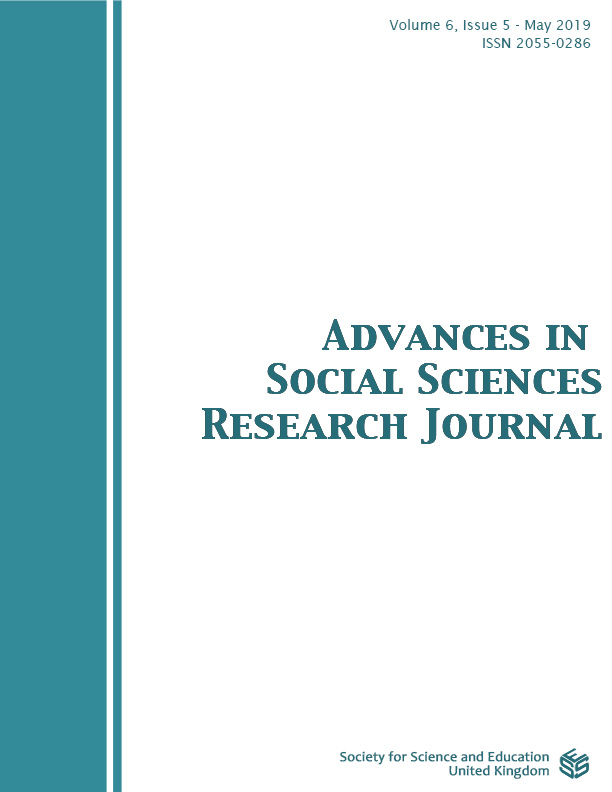Diseases and health; case of wetland populations in the Bamenda urban area, North West Region of Cameroon.
DOI:
https://doi.org/10.14738/assrj.64.6431Abstract
Increase concentration of human investment in wetlands has enhanced the vulnerability of wetland inhabitants to flood hazards and diseases such as malaria, cholera and typhoid. This study examines the impact of diseases and health on the population living within wetlands in the Bamenda urban area. Data was generated from primary and secondary sources and the health conditions of a sampled population over the past decade were analyzed through descriptive and inferential statistical techniques. Results indicate that the wetlands in Bamenda are fast degrading caused by population pressure leading to reclamation, pollution, and urban agriculture. This is typical of the Bamenda food market and the valley occupied by the Amour Mezam bus station where floods, pollution and high population concentration have exacerbated the proliferation of disease vectors. The study strongly recommends that the conservation of the wetlands must involve the collaboration of the state, the council, the public and other development stakeholders who must participate effectively at different levels. Since wetlands are part of the global environment, their conservation should be accorded much relevance especially as their resources still offer livelihood choices to local populations.
Downloads
Published
How to Cite
Issue
Section
License
Authors wishing to include figures, tables, or text passages that have already been published elsewhere are required to obtain permission from the copyright owner(s) for both the print and online format and to include evidence that such permission has been granted when submitting their papers. Any material received without such evidence will be assumed to originate from the authors.






